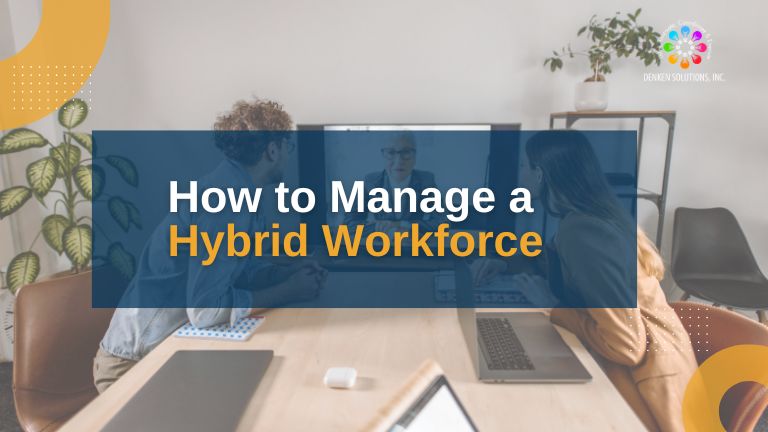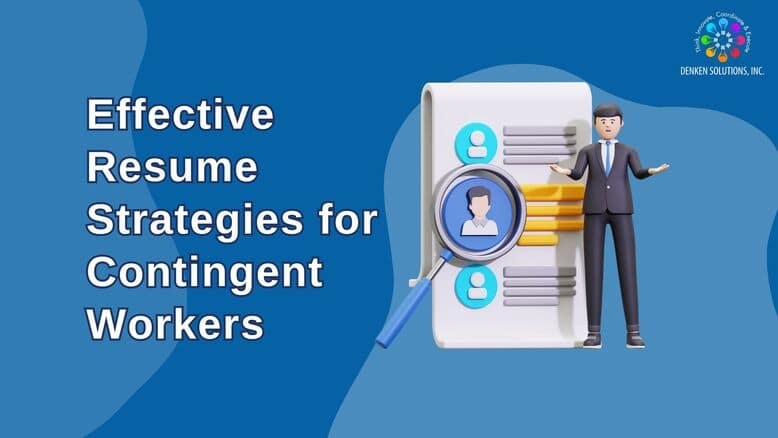The workplace scenario is no longer the same as it used to be a decade ago. With flexibility taking over the workplace culture, present-day employees have given up on conventional management structures and practices. Some organizations have continued to follow a remote workforce model ever since the COVID-19 pandemic, while others have standardized the hybrid workforce model as the new norm. However, though hybrid work has gained much popularity over the past few years because of the work-life balance and flexibility it provides to employees, the extent to which employers can reap its full benefits depends on their strategies and practices.
According to Forbes, 12.7% of full-time employees work remotely, while 28.2% work in a hybrid model. Though the remote work statistics considerably increased in 2021, the numbers have dropped, with employers calling employees back to offices.
Considering the increasing demand for flexible work norms in the employment market at present, employers have switched to the hybrid work model. By prioritizing the individual needs of employees while at the same time adhering to collaborative workplace dynamics, the hybrid model helps organizations create a more flexible, resilient, and, of course, diverse workforce.
Key strategies for managing a hybrid workforce
As an organizational leader, you not only need to divert and change your own mindset but also prepare your managers, supervisors, and team leaders to sail through the transition in a smooth and efficient manner. In addition to that, you need to put into effect protocols to bring synchronization between your in-office and partially remote employees.
According to Gartner, hybrid-flexible models are malleable, granting employees and teams some autonomy regarding the mix of on-site and remote work so they can best achieve their outcomes (or do their best work).
Let’s dig deeper into the most essential strategies that you need to implement for managing a hybrid workforce in an efficient manner.
- Refine your existing workplace policies and set clear guidelines
The COVID-19 pandemic phase brought a major transformation in workplace policies, causing employers to implement remote work norms. Now that the situation has normalized, employers feel the need to re-examine their workplace policies and shift towards the hybrid work model to hit the right balance between flexibility and collaboration.
For managing a hybrid workforce efficiently, employers should also design and implement training and educational programs to ensure that the managers, supervisors, team leaders, and all the employees are thoroughly aware of the do’s and don’ts while working in a hybrid environment. In other words, all you need to do is ensure that all your on-site and partially remote employees remain on the same page.
- Infuse advanced communication and collaboration channels
One of the major challenges that employers face while managing a hybrid workforce is the lack of coordination and collaboration among the on-site and partially remote teams. As such, it is important that you design and follow harmonized communication channels and advanced collaboration tools. On-site employees always get the advantage of engaging in direct, face-to-face communication with the managers, supervisors, and other team members, making it easier for them to demonstrate their views and ideas and raise concerns.
To prevail over the in-person communication challenge for partially remote employees, it is necessary that you implement centralized digital tools so that all your employees can efficiently communicate and collaborate. Besides that, you should conduct regular meetings between the on-site and remote employees in collaborative spaces so that they are perfectly aware of each other’s tasks, priorities, etc. For instance, Google Meet and Microsoft Teams are the most common digital tools used by organizations to initiate one-on-one video meetings, team meetings, and other team activities. Google Chat also allows the creation of collaborative spaces where team members can chat, keep each other informed about their tasks or activities, raise queries, and clear doubts.
Also read: Importance of Cultural Fit in Contingent Staffing
- Follow an empathy-based approach
It is true that by switching to a hybrid work model, employers have prioritized the flexibility needs of employees. However, managing a hybrid workforce becomes challenging when your employees are not able to adhere to the adjustments or changes made in the workplace policies. For instance, there might be a situation when an employee does not respond to your messages or deliver the tasks on time. It is natural for the rest of the team members to think that the employee is taking advantage of flexibility, and they might do the same.
However, before coming to any conclusion, it is recommended that you undertake an empathy-based mindset and try to understand what that employee is going through in his life. He might be struggling with some personal issues or health problems. By engaging in a direct conversation with him, you can address his concerns, thereby promoting his well-being. It is equally important that you build an empathy-based team so that the rest of the team members can relate and understand his situation. You can initiate empathy-based team activities amongst your on-site and remote teams.
- Initiate employee recognition programs and develop a sense of belonging
Here comes the most important part of managing a hybrid workforce. Whether your employees are working from the office or home, if they are efficient enough to achieve the desired outcomes, you should recognize their efforts with proper rewards. In fact, when an employee excels in performance, you should consider appreciating them through virtual meetings, highlighting their efforts in front of the entire team or department.
To cultivate a sense of belonging in the hybrid workplace, you need to promote inclusive meeting practices, giving equal value to the opinions and ideas of your in-office and remote employees. By facilitating virtual team bonding activities, you can help reduce isolation in employees working from various locations.
- Follow unbiased feedback mechanisms
While on-site employees usually get spontaneous feedback from managers or supervisors on a regular basis, partially remote employees often feel uncertain about their performance in the absence of periodic feedback mechanisms. Since the chances of providing random feedback to hybrid employees are minimal, you need to follow a proper feedback process using various channels of communication. Moreover, if you don’t monitor the performance of the hybrid employees, the on-site teams may consider it to be a biased treatment. Hence, it is essential that you create and follow a well-structured performance monitoring process along with unbiased feedback mechanisms by utilizing the relevant performance metrics, thereby eliminating the element of bias.
Conclusion
Managing a hybrid workforce is quite challenging if you don’t take strategic measures for the same. Just like the transition from on-site to remote workplace culture was not an easy task, the shift to hybrid work models tends to be laborious. Besides refining your existing workplace policies, you need to set clear guidelines for all the team members, including managers, supervisors, team leaders, and other employees, so that they remain on the same page while working in the hybrid environment. It is also important to invest in advanced digital tools for communication and collaboration. To enhance the productivity and motivation of partially remote employees, you need to undertake an empathy-based mindset, implement employee recognition programs, and follow unbiased performance monitoring and feedback mechanisms.
Ready to build your hybrid workforce? Connect with Denken Solutions today!



